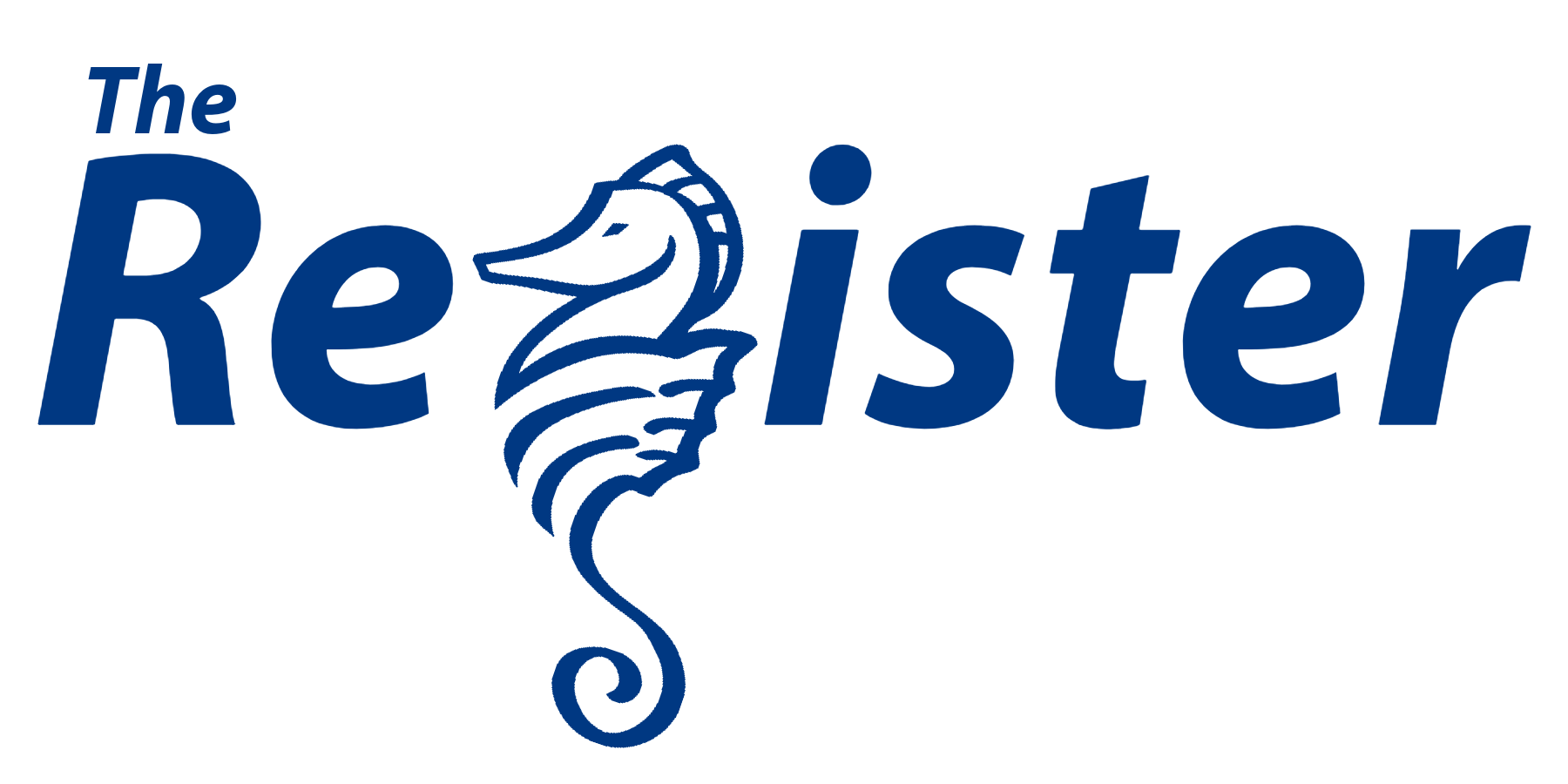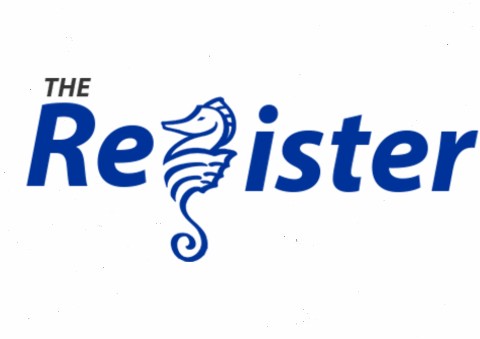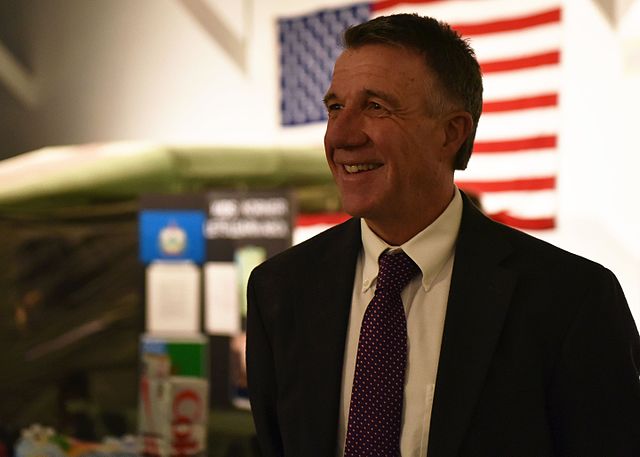Governor Phil Scott’s inauguration speech made it clear that he was looking to radically change the way schools in Vermont are funded in order to lower property taxes.
“Let’s have the courage to fix the entire system to make it work better for all kids,” Scott said in his address. “[Let’s] give them more opportunities, from cradle to career.”
A key aspect of Scott’s plan is to make the shift to a “foundation formula” where the state will determine how much money is needed per pupil and then money is sent to schools from there. Vermont is one of only two states where local voters approve school budgets first. In all other states, funding is set by state formulas, and schools adjust their budgets to match.
“[The current system seems] a little strange,” Fiona Case ‘27 said. “Theoretically, I feel like [the new plan is] not a bad system. It seems like it could work well, it’s definitely very different.”
Representative Bram Kleppner of the Chittenden-13 district said that his voters were asking him to lower property taxes after last year’s nearly 14% increase.
“Our district asked us to address it. ‘Please do something about property taxes. We can’t afford this. We’re going to lose our home if taxes go up like this,’” Kleppner said.
Vermont’s system of property taxes is complex, and it ranked 5th highest in the nation on property taxes in 2022. But it’s not just about the taxes.
“The connection, the accountability, the local control – none of it’s working,” Kleppner said. “If we continue as we are, a lot of those smaller schools with smaller class sizes will have fewer and fewer students and will be less and less financially viable, but more importantly, able to provide fewer and fewer opportunities.”
According to Kleppner, Scott’s plan to change the way schools are funded, combining districts and consolidating schools, will greatly benefit more rural, poorer areas of the state. Schools with fewer students have increasingly fewer resources and opportunities they can provide for those students.
Act 127 increased funding for schools with greater need due to higher percentages of English language learners and lower income students. Burlington schools had the highest need in the state and received the largest increase in funding from this act (a 9% increase this year).
Klepper says that Scott’s proposed changes will not negatively affect Burlington students.
“Those weightings [from Act 127] really benefited Burlington, because we have a really diverse population,” Kleppner said. “[We’re] also not in a place where we have declining student counts, like a lot of the state. So our schools are full and our classrooms are full, and we’re not an area that needs any consolidation.”
Scott also wants to combine Vermont’s over 100 school districts into just five. Burlington will join with other schools in Chittenden, Franklin, Grand Isle, and Addison counties to form the Champlain Valley Region district. Scott said that cutting these administrators would save money while also decreasing inequity in funding per student and increasing educational opportunities for all students.

“Our current superintendent, Tom Flanagan, strikes me as a very strong leader,” Kleppner said. “We are at risk of losing that leader, but I think he has as good a shot as anyone, if not better, to get hired for that job if he wants it.”
Burlington School District released a statement in opposition to the plan, their reasons included that under the district would lose $17 million, decision making would be moved too far from local concerns, and that BTC would be separated from the district.
“We acknowledge the need for change and support proposals that create efficiencies while maintaining high-quality schools, local decision-making, and equity across the state’s education system,” the statement said. “However, we oppose the Governor’s current proposal because it was developed without collaboration with the communities it will impact.”
Teachers have concerns, especially surrounding how the redistricting will affect their union negotiating power.
“If you’re trying to blow up unions, I guess that’s [there] in some capacity,” Social Studies teacher Brennan Carney said. “Right now, we negotiate directly with the Burlington School District. I know [Scott’s] trying to equalize, but what happens with those individually negotiated contracts?”
“Educators have good reason not to trust that [Scott] has made the plan with what is best for education in mind,” Civics teacher and union Grievance Chair Michelle Sagalchik said. “He has a track record of undermining teachers and schools and unions.”

Scott faced backlash from VT educators about his pick for education secretary in April. According to Seven Days, Zoie Saunders has never worked as a teacher, principal, or superintendent, and her support for charter schools, which aren’t allowed in VT, drew eyebrows. The senate voted 19-9 not to confirm Saunders last year, leading Scott to appoint her without confirmation and two senators to bring a lawsuit against them. The senate only re-voted and confirmed Saunders on March 13, in a vote of 22-8. According to VTDigger, senators cited the new plan as a reason they changed their vote on Saunders.
Scott’s statement after the vote thanked senators for their votes and reaffirmed his belief in Saunders as a leader for the Agency of Education.
“We have a lot of work ahead to transform our education system and Secretary Saunders remains committed to working together to create a reform plan that improves student outcomes and supports teachers at a cost taxpayers can afford,” Scott said.










